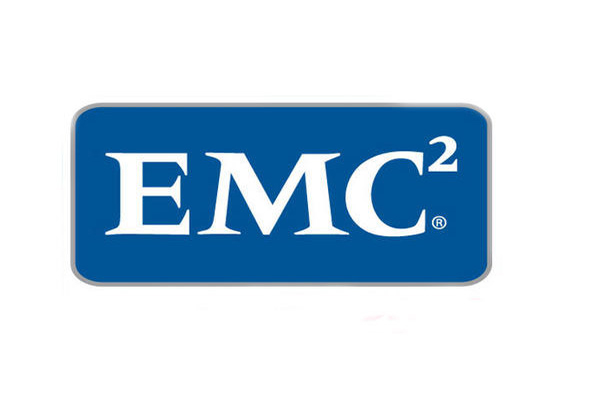Businesses must pay greater attention to third-party risk
Roles and responsibilities must be agreed on now to avoid blindspots and recriminations


Third-party relationships can pose a significant security challenge for businesses, with a clear delineation of responsibility needed to help avoid pitfalls, IT Pro has been told.
Speaking at EMC World 2016, Rob Sadowski, director of market insight at RSA, told IT Pro that while the supply chain has always been a potential vector of attack for businesses, the number of connected devices in use in any organisation is making it more complex to deal with.
"I think that fortunately this is an area where people are starting to at least recognise that this is a challenge, so it's not that they are completely blind to this idea. But, how do they really wrap their heads around it?" said Sadowski. "What third party relationships do they have? Just cataloguing that is a tremendous challenge."
Even once the number and nature of each third party relationship is established, however, there can still be confusion over who is responsible for certain areas. Indeed, this is something that could go unnoticed for years until one party suffers a breach and each believes it was the other's responsibility to ensure it didn't happen.
"I think that's often the most challenging part - who are the third parties I work with, what are they supposed to be doing, and are they actually doing it?" said Sadowski.
"It becomes a very difficult task and one that, especially as things get more reliant on service providers, really requires a bit of automation and a good process, because third-party risk is really growing significantly as part of the organisation's overall risk profile," he said.
Help is at hand, however, and this issue is being increasingly recognised by standards bodies, which are beginning to incorporate it into their guidelines.
Get the ITPro daily newsletter
Sign up today and you will receive a free copy of our Future Focus 2025 report - the leading guidance on AI, cybersecurity and other IT challenges as per 700+ senior executives
"I think you see in some of the more progressive standards that are out there," said Sadowski. "Take, for example, the PCI Data Security Standard -- in the most recent revisions of the standard, there haven't been a lot of changes to core control objectives and things like that.
"Where some of the evolution has been is in how covered organisations deal with third parties [such as] clearly asking them ... [to] define who is responsible for what requirement and get acknowledgement from them that they are responsible."

Jane McCallion is Managing Editor of ITPro and ChannelPro, specializing in data centers, enterprise IT infrastructure, and cybersecurity. Before becoming Managing Editor, she held the role of Deputy Editor and, prior to that, Features Editor, managing a pool of freelance and internal writers, while continuing to specialize in enterprise IT infrastructure, and business strategy.
Prior to joining ITPro, Jane was a freelance business journalist writing as both Jane McCallion and Jane Bordenave for titles such as European CEO, World Finance, and Business Excellence Magazine.
-

 Dell EMC PowerEdge R640 review
Dell EMC PowerEdge R640 reviewReviews A versatile, low-profile Xeon Scalable rack server with a big heart
By Dave Mitchell
-
 EMC reveals quest to modernise the datacentre at EMC World 2016
EMC reveals quest to modernise the datacentre at EMC World 2016News IT must get most out of existing investments while upgrading, says EMC
By Jane McCallion
-
 EMC open sources more storage software
EMC open sources more storage softwareNews RackHD project aims to make managing storage much easier
By Rene Millman
-
 EMC makes software-defined ViPR open source
EMC makes software-defined ViPR open sourceNews Project CoprHD is being released to the dev community via GitHub
By Rene Millman
-
 Software-defined storage could lose your data, warns HDS
Software-defined storage could lose your data, warns HDSNews Hitachi Connect 2015: Why you should be wary of deploying commodity hardware
By Joe Curtis
-
 EMC takes aim at Big Data analytics with latest solution
EMC takes aim at Big Data analytics with latest solutionNews The new solution offers sophisticated storage, analysis and insight on key data to aid faster decision making
By Clare Hopping
-
 NHS in "jeopardy" unless patient data access improves
NHS in "jeopardy" unless patient data access improvesNews NHS England's Tim Kelsey says more needs to be done to make access and sharing of patient data easier
By Caroline Donnelly
-
 EMC ViPR gets Hadoop big data analytics boost
EMC ViPR gets Hadoop big data analytics boostNews Tech giant updates storage management portfolio amid job cuts news.
By Caroline Donnelly

